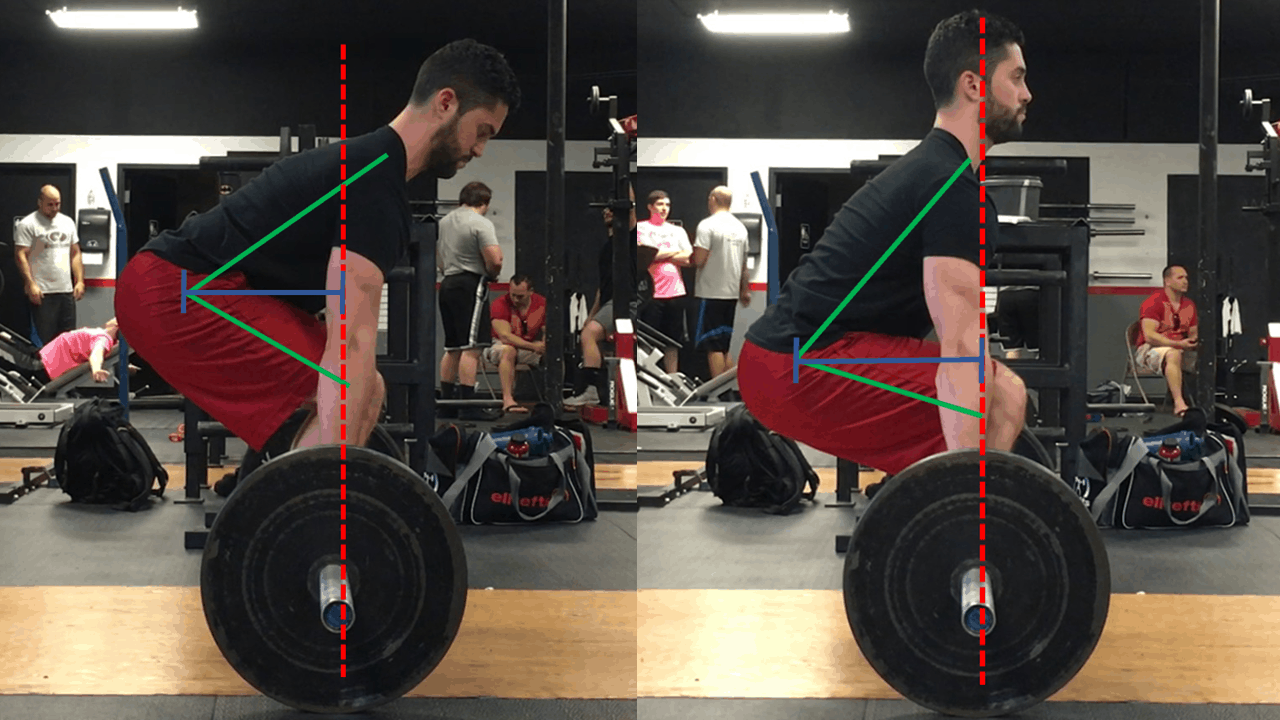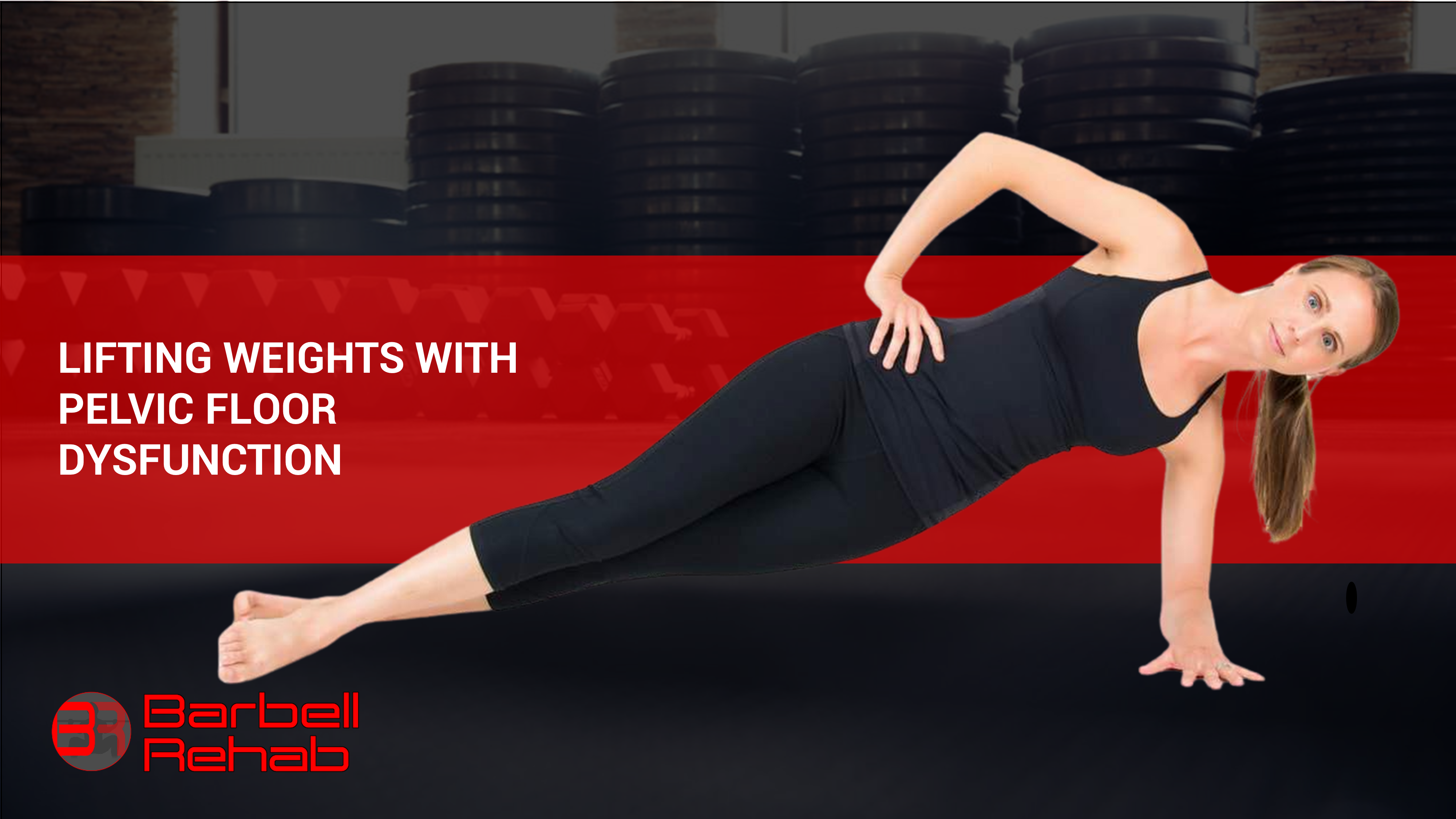Recently, I became engaged in a discussion about utilizing the toe touch as a screen to safely perform the deadlift. The rationale goes like this: In order to safely perform a barbell deadlift from the ground, one must be able to touch their toes while keeping their legs straight. To that I say...hogwash.
Mobility Demands of the Deadlift
In order to safely perform the deadlift, one must possess enough mobility to comfortably grab the bar 8.75 inches off the ground...that's it. So why are we using a test, such as the toe touch, a motion that requires the trainee to completely extend the knee, round the lower back, and reach an additional 8.75 inches down to the toes, as a screen to perform the deadlift? These are two completely different motions!
Here's the truth. If you can achieve the correct starting position of the deadlift...you are safe to deadlift. The toe touch requires MORE mobility than the setup position of the deadlift, making its use as a "screen" pointless. The setup position of the deadlift is the screen.
Spend More Time Loading
By telling people who cannot touch their toes that they are "unsafe" to deadlift, you miss out on the potent physiological benefits of loading your muscles. Instead of increasing strength, hypertrophy, and bone density, you now spend countless, pointless hours focusing on stretching your low back, hamstrings, and calves just so you can touch your toes.
I'll reiterate it again. If you can get into the correct starting position of the deadlift, which includes the bar over the midfoot, the hips relatively high, and a neutral lumbar spine...you are mobile enough to deadlift. Which brings me to my next point!
You're More Mobile Than You Think
Although there will always be those who possess true mobility restrictions that prevent them from deadlifting safely, the majority of people DO possess the adequate mobility to pull from the floor.
Furthermore, even in those who "appear" to have a mobility issue, a lot of times it's just neural tension than can be immediately modulating by addressing the sciatic nerve!
Many times those who complain that they are not mobile enough to pull from the floor are setting up with their hips too low. The fact is, in order to maximize efficiency and leverage, the hips start HIGHER than you think!

When you set up too low, suddenly your low back rounds, the bar rolls forward and you have mobility restrictions! Wrong.
Instead, try setting up like the picture on the LEFT. This maximizes hamstrings involvement, decreases the horizontal moment arm from the low back to the bar, improves safety and...newsflash...is EASIER to achieve!
Conclusion
There will always be those who do possess true mobility restrictions that require attention before loading the deadlift. However, for the vast majority, don't waste countless hours on mobility work and stretching to achieve a proper toe touch, a movement pattern completely different from the deadlift.
If you can get into the proper starting position of the deadlift, you possess enough mobility to deadlift, period!





